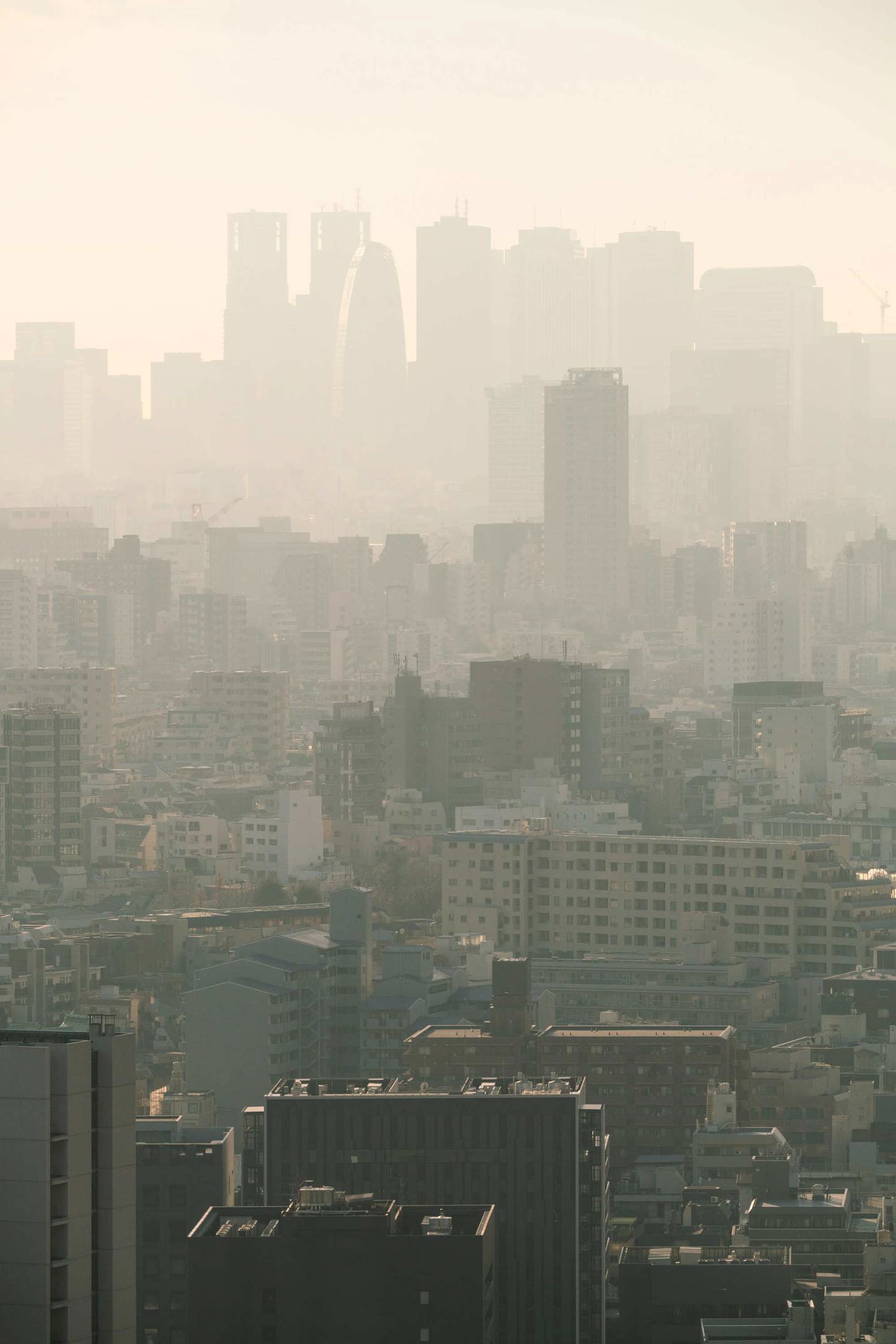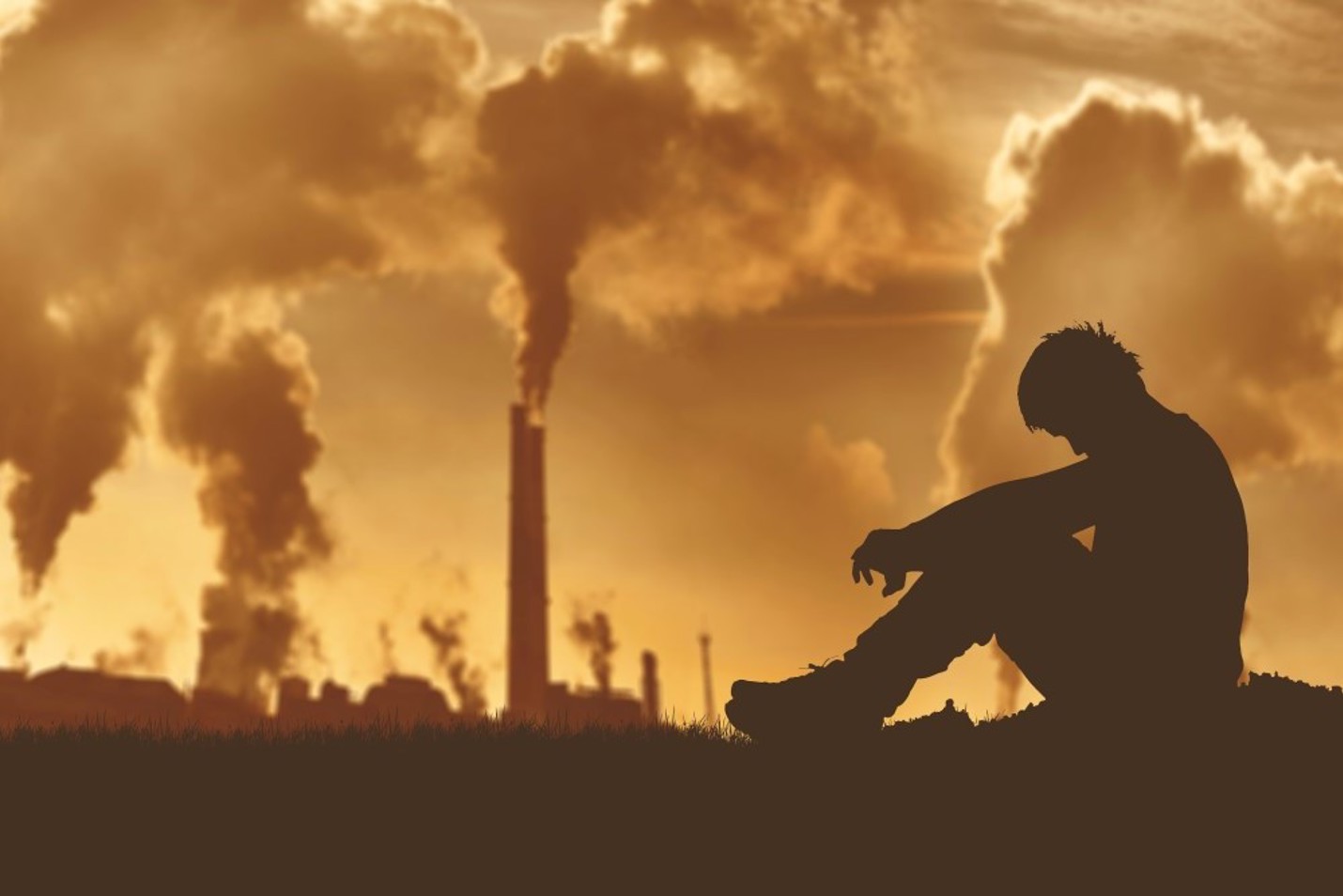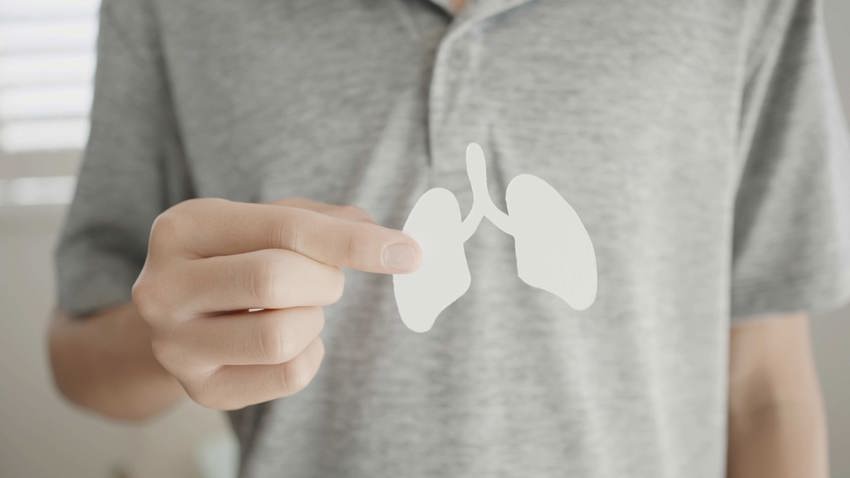Air pollution
We can often presume that the outdoor air, and subsequently, the indoor air, are good and healthy for us. Being the intelligent human species that we are, we know that we have the power to positively or negatively influence our climate and the environment around us: in-turn influencing our health and well-being.
Air pollution — Past, present and future
First pollution was wood fires in ancient homes and also the harmful effects of air pollution can be found even in the Roman times (smoke pollution 2,000 years ago). In 535, the Roman empire even tried a very early version of the clean air act proclaiming the importance of clean air as a birthright.
'By the law of nature these things are common to mankind — the air, running water, the sea.'
Later in the medieval air, smelting to create lead and copper came along. And as early as the 1280s in London, there were complaints about smoke from burning coal.
In 1572 in Bolivia, uropeans imported air pollution to the New World with mining silverusing amalgamation, a technique that grinds ore into powder and that shot lead plumes into the air.
'The human impact on the environment was widespread even before the industrial revolution.'
By the 1600s, smoke from burning coal was damaging the architecture in London and other major cities, eventually worsening with widespread use of the steam engines and centralized factories on a large scale.
And in the 1800s, the shift to fossil fuels eliminated constraints on urban expansion as factories, powered by steam created by burning coal, creating dangerous smoke with thick fogs over cities and affecting peoples' breathing.
By the turn of the 20th century, the 'smoke problem' intensified as with a new source of air pollution — the automobile, soon followed by other transportation such as aeroplanes, trucks & buses, cargo ships, trains and other means of transportation.
In 1963, the U.S. Congress enacted the first Clean Air Act followed with the national emissions standards for cars. And in the Clean Air Act in 1970, air pollution regulation was finally tied to public health.
'Dirty air is the world's largest environmental health risk.'
Note that the largest source of air pollution from human activities is from burning fossil fuels for electricity, heat/cool and transportation.
'The worst effects of breathing polluted air are experienced where it is densest: in traffic.'
There are so many pollutions creating major emitting problems, such as acid raines with forest decline, damaging ozone concentrations affecting ecosystems, natural disasters such as wildfires and volcanoes, outdoor air quality with various air pollutants creating global health issues with airborne transmitted pandemics & affecting human health.

Pollution and the air we breathe
The air we breathe can contain various pollutants. Air pollution can be defined as the presence of toxic chemicals or compounds, including substances of biological origin, that are in the air at levels that pose a health risk.
Air pollution can contain a mixture of common air pollutants in the form of:
- Solid particles or liquid droplets.
- Numerous types of toxic sources such as; emissions from combustion by vehicles, solid fuel burning, industrial and chemical processes.
- Pollutants caused by natural events such as; fires and dust, and emissions from vegetation containing pollen and mould.
Common pollutants in the air
Specifically, particulate matters (PM10 and PM2.5), ozone (O3), nitrogen dioxide (NO2), carbon monoxide (CO) and sulphur dioxide (SO2) are common pollutants in the ambient air. Of these, PM10 and PM2.5, NO2 and CO are common air pollutants in homes, along with common sources of indoor air pollution such as tobacco smoke, wood-burning fire places and moulds.
Particle pollution
Particle pollution, also known as particulate matters (PM10 and PM2.5), are extremely small solid particles and liquid droplets in the air that are formed by nitrates, sulphates, organic chemicals, metals, soil or dust particles, and allergens like pollen or mould. Particle pollution comes mainly from vehicles, wood burning and industrial processes.
PM10: particles with a diameter of 10 micrometres or less, are small enough to pass through the throat and nose and enter the lungs. After inhalation, these particles can affect the heart and lungs and can cause serious health effects.
PM2.5: particles with a diameter of 2.5 micrometres or less, are so small that they can get deep into the lungs and bloodstream, and can cause adverse health effects over long periods.
The main air pollutants
Ozone
Ozone (O3) consists of three oxygens joined together and is found in the upper and ground levels of the Earth´s atmosphere. Ozone in the upper level protects us from ultraviolet radiation from the sun, but ground level ozone is the main element of smog that causes irritation of the eyes and lower airways, and damages our lungs.
Nitrogen dioxide
Nitrogen dioxide (NO2) is a highly reactive gas consisting of engines emissions, cigarette smoke and gas cooking. Nitrogen dioxide can irritate the respiratory system and can aggravate asthma symptoms and cause airway inflammation.
Carbon monoxide
Carbon monoxide (CO) is an odourless gas that occurs when carbon in fuel does not completely burn and is usually generated by vehicles and industry. Carbon monoxide can reduce the amount of oxygen that gets into the body organs (heart, brain, body tissues) and causes death (carbon monoxide poisoning).
Sulphur dioxide
Sulphur dioxide (SO2) is highly reactive gas with an irritating smell and is formed by fossil fuel combustion in power plants and other industrial facilities. Sulphur dioxide irritates the lining of the nose, throat and lungs, and may worsen respiratory illnesses and worsen cardiovascular diseases.

Breathe healthy & be healthy.

Common health effects of air pollution
Everyone can be affected by air pollution with a wide range of health effects that differ from mild symptoms such as eyes, nose and throat irritation to more serious illnesses such as lung and heart diseases. Short-term exposure has different health effects to long-term exposure.
Short-term exposure worsens already pre-existing illnesses such as asthma or chronic bronchitis.
Long-term exposure can actually cause the development of heart and respiratory diseases and shorten the lives of some people.
However, some groups of people may be more sensitive than others in terms of exposure to air pollution such as people with asthma, lung and heart diseases. Some people may be more susceptible to certain types of air pollutions in certain stages of life, such as pregnant women (and their unborn babies with a higher risk of premature labour and reduced birth weight).
Children are also exposed to more air pollution because they are more active outdoors than adults and also their lungs are constantly developing along with their immune and metabolic systems. Due to generally weaker immune systems or undiagnosed health conditions, elderly people are less able to compensate for the effects of environmental hazards and pollutions.
Short term impacts on our health

In 2019, 99% of the world population was living in places where the World Health Organisation (WHO) air quality guidelines levels were not met.
Indoors versus outdoors
The outdoor air we breathe, for example, when we go to kindergarten with children or an evening walk with the dog, is difficult to directly change, except that maybe we can choose where we live. Choosing a geographical location can, to some extent, improve your surrounding air quality because there is more air pollution in the city centre, and the countryside less polluted in countryside and the suburbs, for example.
Changing your environment and behaviour for the better
- Go about life with an environmentally friendly awareness such as having a plastic-free household and use bio waste facilities.
- Try to limit the sources of pollutions in your life — such as carpets and upholstery, which can be a source of high emissions and can become a source of microbes and allergens.
- Use low-emitting cleaning products and paints.
- Install energy-efficient mechanical ventilation with a good filtration system.
- Secure self-cleaning components in you homes or workplaces, such as air-cleaning plants.
How can we improve the outdoor air and environment?
- Urban planning improves the energy efficiency of buildings and makes cities greener and more compact, and keeps some parts of the city without vehicles and only for pedestrians with lots of greenery to help clean and cool the city.
- Reducing heavy polluting activities and promoting power plants that use clean and renewable fuels (e.g. not coal) will improve air quality and reduce air pollution.
- Promote public transport, walking, and cycling (rather than transport that relies on private motor vehicles), and the use of self-powered transport vehicles.
How can we protect our health?
Air pollution measurements are now part of the weather forecast to help people protect themselves, especially the more vulnerable people. For example, ozone can be the worst on hot summer days, especially in afternoons and early evenings. Particle pollution may be bad when the weather is calm, thus allowing air pollution to build-up. Particle levels are also high near busy roads, during rush hours, and when there are high levels of pollen or dust in the air.
Activities near busy roads and industrial areas should be avoided. At homes one can reduce or limit exposure to indoor air pollution by not smoking indoors and regularly ventilating to remove pollutants and build-up moisture. When cooking use the kitchen exhaust fan above the cooker. And limit burning candles in homes and avoid solving odour or mould problems by chemicals.

The Environmental Protection Agency (EPA) ranked indoor air pollution as the top 5 environmental dangers. EPA estimates that generally indoor air has 2 to 5 times more pollutants than as outdoor air.